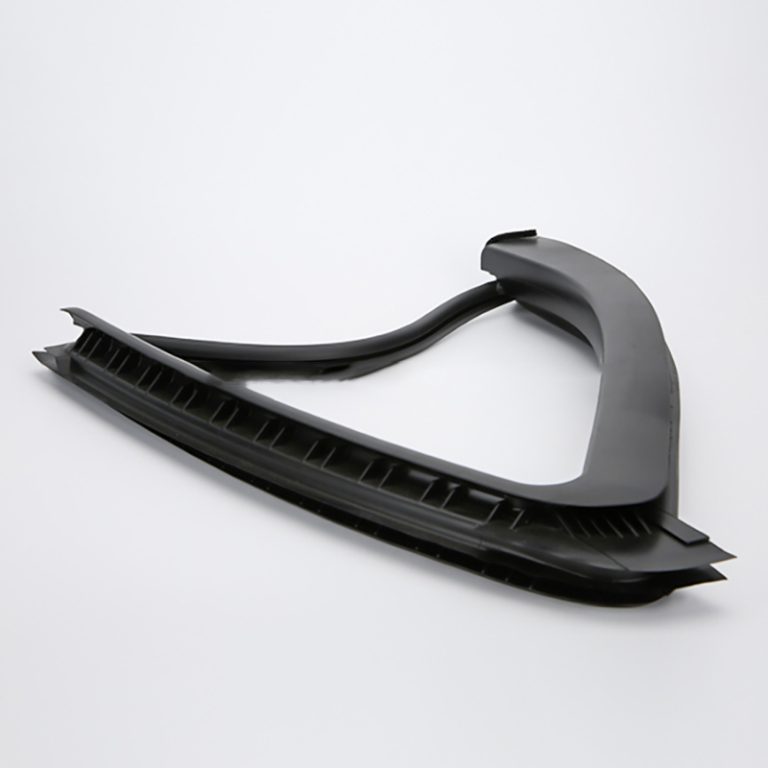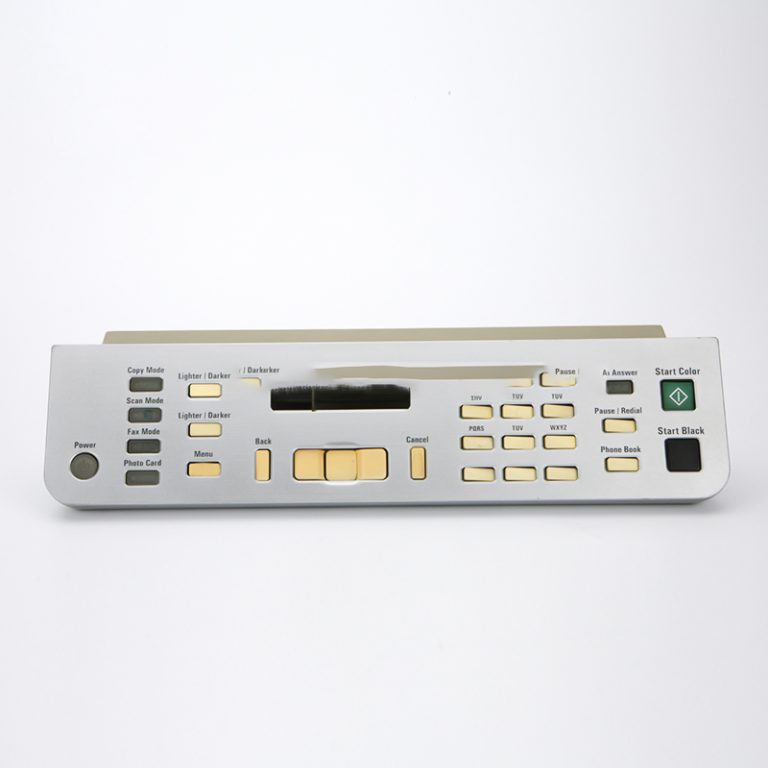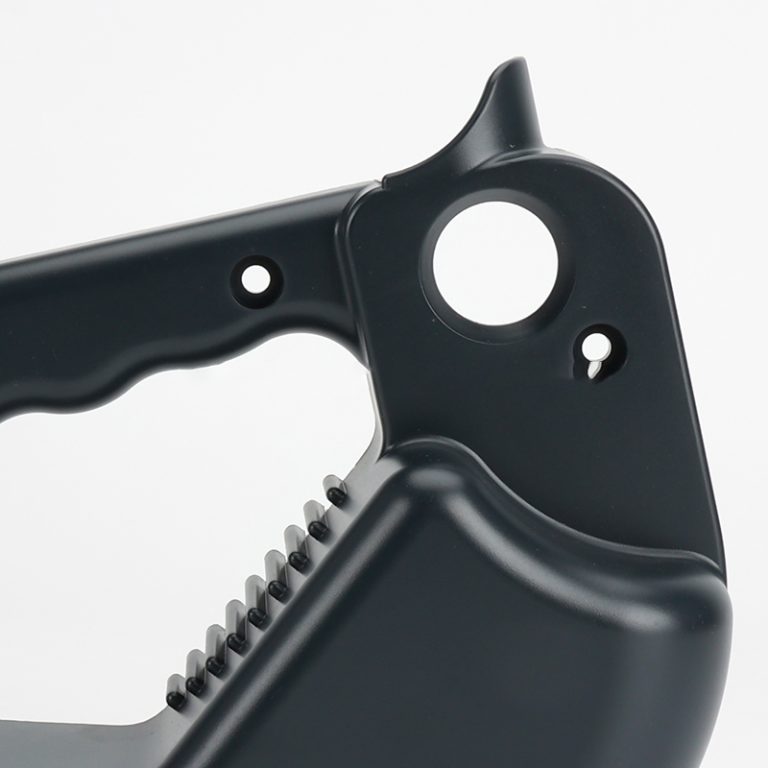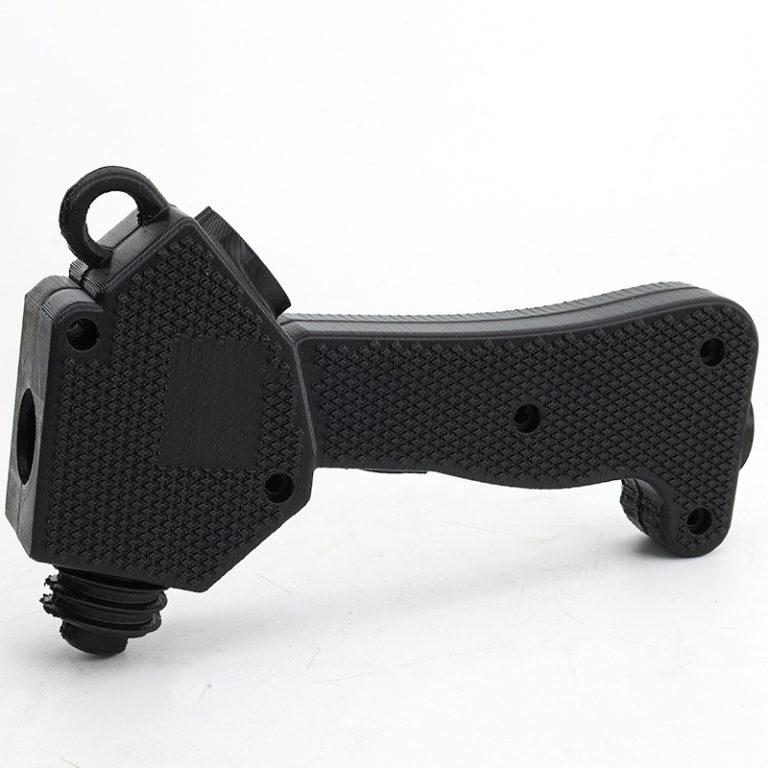Table of Contents
Benefits of Using Aluminum Molds in Plastic Injection Molding
Plastic injection molding is a widely used manufacturing process that involves injecting molten plastic material into a mold cavity. The mold is a crucial component in this process, as it determines the final shape and characteristics of the plastic part being produced. There are various types of molds used in plastic injection molding, with aluminum molds being one of the most popular choices for many manufacturers. In this article, we will explore the benefits of using aluminum molds in plastic injection molding.
One of the key advantages of aluminum molds is their excellent thermal conductivity. Aluminum is a highly conductive material, which means that it can quickly and efficiently transfer heat away from the molten plastic material. This results in faster cooling times and shorter cycle times, ultimately increasing the overall production efficiency. Additionally, the superior thermal conductivity of aluminum molds helps to prevent warping and distortion in the final plastic parts, ensuring high dimensional accuracy and consistency.
Another benefit of using aluminum molds in plastic injection molding is their lightweight nature. Compared to steel molds, aluminum molds are significantly lighter, making them easier to handle and install in injection molding machines. This can lead to reduced setup times and increased productivity, as operators can quickly change molds and start production runs without the need for heavy lifting equipment. The lightweight nature of aluminum molds also reduces wear and tear on injection molding machines, prolonging their lifespan and reducing maintenance costs.
In addition to their thermal conductivity and lightweight properties, aluminum molds offer excellent corrosion resistance. Aluminum is naturally resistant to rust and corrosion, making it an ideal choice for use in plastic injection molding applications where exposure to moisture and chemicals is common. This corrosion resistance helps to prolong the lifespan of aluminum molds, ensuring long-term reliability and performance in demanding manufacturing environments.
Furthermore, aluminum molds are known for their high thermal stability. Aluminum has a low coefficient of thermal expansion, which means that it expands and contracts minimally when exposed to temperature fluctuations during the injection molding process. This thermal stability helps to maintain tight tolerances and dimensional accuracy in the final plastic parts, ensuring consistent quality and performance across production runs.
Another advantage of using aluminum molds in plastic injection molding is their cost-effectiveness. While aluminum molds may have a higher initial cost compared to steel molds, they offer significant long-term savings in terms of reduced cycle times, increased productivity, and lower maintenance costs. The faster cooling times and shorter cycle times associated with aluminum molds result in higher production output and lower energy consumption, leading to overall cost savings for manufacturers.
| Product Name | colour |
| Plastic injection molding parts | OEM/ODM |
In conclusion, aluminum molds offer a range of benefits for manufacturers in the plastic injection molding industry. From their excellent thermal conductivity and lightweight nature to their corrosion resistance and high thermal stability, aluminum molds provide a cost-effective solution for producing high-quality plastic parts with tight tolerances and dimensional accuracy. By choosing aluminum molds for plastic injection molding applications, manufacturers can improve production efficiency, reduce cycle times, and achieve consistent quality in their final products.
Common Design Mistakes to Avoid When Creating Injection Molds for Plastic Products
Plastic injection molding is a widely used manufacturing process for producing plastic parts in large quantities. The process involves injecting molten plastic material into a mold cavity, where it cools and solidifies to form the desired shape. The design of the mold plays a crucial role in the success of the injection molding process. Common design mistakes can lead to defects in the final product, increased production costs, and delays in the manufacturing process. In this article, we will discuss some of the common design mistakes to avoid when creating injection molds for plastic products.
One of the most common design mistakes in injection molding is inadequate draft angles. Draft angles are necessary to facilitate the ejection of the molded part from the mold cavity. Without sufficient draft angles, the part may get stuck in the mold, leading to production delays and increased costs. It is important to ensure that the draft angles are properly designed to allow for easy ejection of the part.

Another common design mistake is the use of sharp corners and edges in the mold design. Sharp corners can lead to stress concentrations in the molded part, which can result in cracking or warping. It is important to use rounded corners and edges in the mold design to distribute stress evenly and prevent defects in the final product.
Undercuts are another common design mistake in injection molding. Undercuts are features on the part that prevent it from being ejected from the mold cavity. It is important to design the mold with appropriate mechanisms, such as slides or lifters, to accommodate undercuts and ensure easy ejection of the part.
Inadequate cooling is another common design mistake in injection molding. Proper cooling is essential to ensure that the plastic material solidifies uniformly and prevents defects such as warping or sink marks. It is important to design the mold with adequate cooling channels to ensure efficient cooling of the part during the molding process.
Gate design is another critical aspect of injection mold design. The gate is the point where the molten plastic material is injected into the mold cavity. Improper gate design can lead to flow restrictions, uneven filling of the mold cavity, and defects in the final product. It is important to carefully consider the gate design to ensure proper filling of the mold cavity and uniform distribution of the plastic material.
Wall thickness is another important consideration in injection mold design. Variations in wall thickness can lead to uneven cooling, warping, and sink marks in the final product. It is important to design the mold with uniform wall thickness to ensure consistent quality in the molded parts.
In conclusion, avoiding common design mistakes is essential for creating high-quality injection molds for plastic products. By paying attention to draft angles, corner and edge design, undercuts, cooling, gate design, and wall thickness, manufacturers can ensure successful injection molding processes and produce defect-free plastic parts. Careful consideration of these design aspects can help to optimize the injection molding process, reduce production costs, and improve the quality of the final product.






